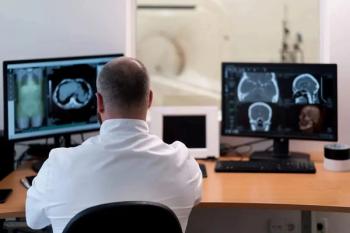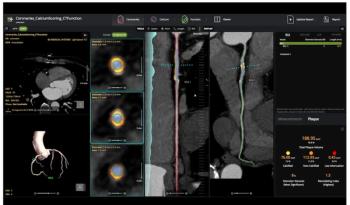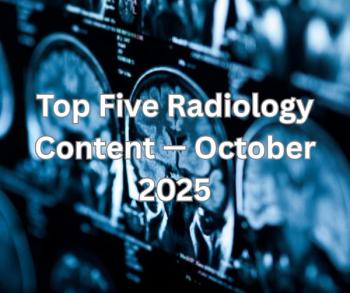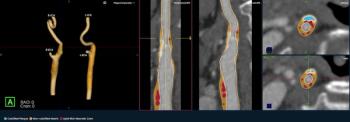
PET/CT After Anal Cancer Treatment and Patient Management
Using PET/CT imaging to evaluate patients following chemoradiotherapy for anal cancer can alter patient management choices.
Imaging with 18F-FDG PET/CT can aid in evaluation and patient management of anal cancer following initial treatment, according to a study published in the
Researchers from France performed a retrospective multicenter study to evaluate the relevance of PET/CT and 18F-FDG for anal cancer after chemoradiotherapy. They assessed the impact on patient care and the predictive value of metabolic response.
The small study included 87 patients who received chemoradiotherapy for anal squamous cell carcinoma. All underwent systematic 18F-FDG PET/CT a median of four months after treatment and were followed for two years with clinical examinations every four months and then every six months thereafter, for a median follow-up of 25 months. The researchers evaluated disease progression by biopsy for all patients if there was local recurrence before surgery.
The results showed that 25 patients relapsed and 13 died. The post-therapy 18F-FDG PET/CT did not show any abnormal 18F-FDG uptake with complete metabolic response (CMR) in 55 patients. Thirty-two patients displayed incomplete response (non-CMR): 15 patients with partial response and 17 with disease progression.
Residual tumor tissue detected by 18F-FDG PET/CT:
Differences between CMR and non-CMR patients were:
The researchers noted that imaging with 18F-FDG PET/CT changed patient management in 14 cases (16%), with relevant modifications in 12 (14%).
They concluded that 18F-FDG PET/CT showed good accuracy in posttreatment evaluation of anal cancer and has a relevant impact on patient management. Moreover, CMR was associated with good survival outcome.
Newsletter
Stay at the forefront of radiology with the Diagnostic Imaging newsletter, delivering the latest news, clinical insights, and imaging advancements for today’s radiologists.






























